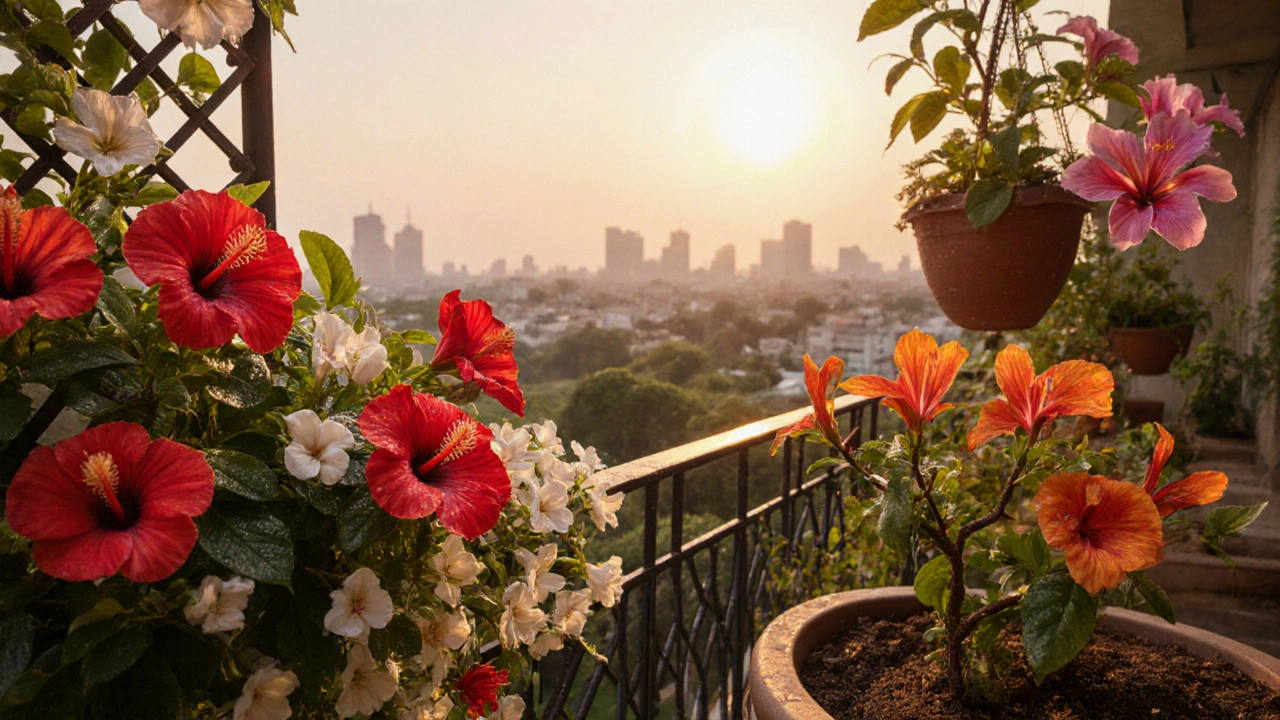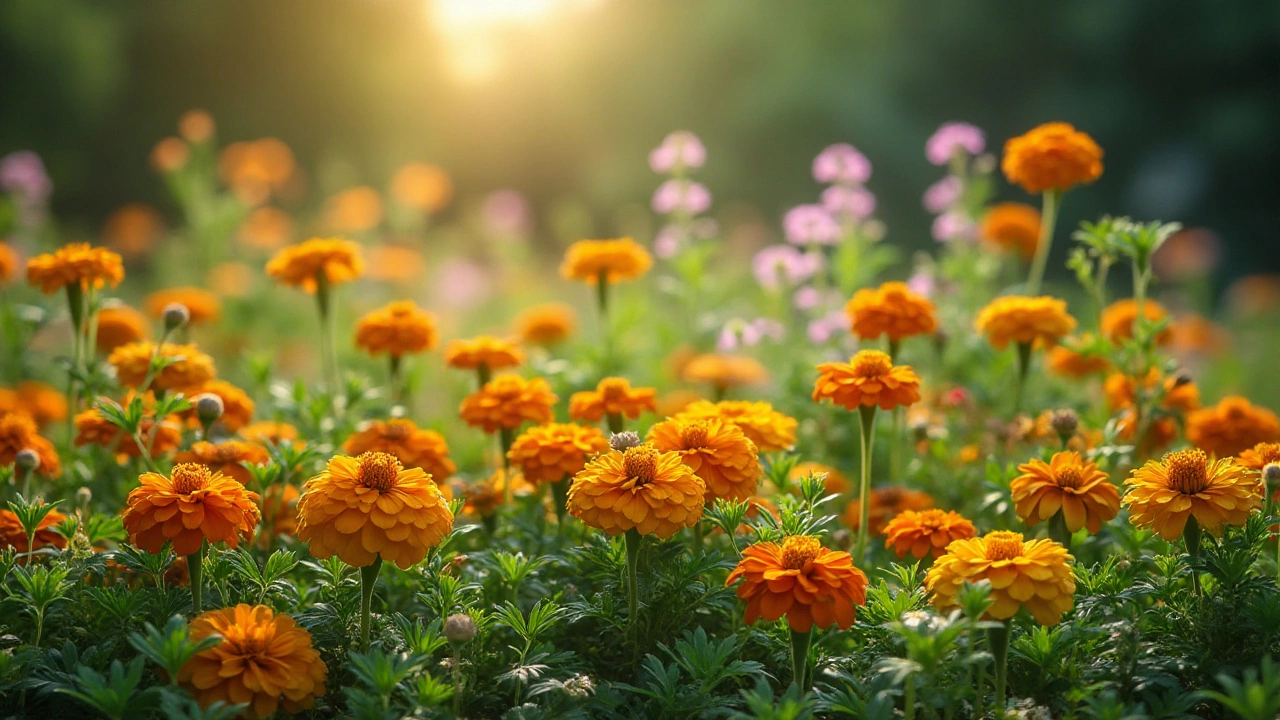Discover which evergreen flowers bloom all year in India, learn their care needs, and get a practical guide to keep your garden colorful through every season.
Flower Gardening India
When you think of flower gardening India, the practice of growing ornamental flowers in Indian homes, balconies, and small plots using local climate conditions. Also known as Indian ornamental gardening, it’s not just about beauty—it’s about choosing plants that survive monsoons, heatwaves, and dry spells without constant care. Unlike places with four seasons, India’s weather demands smart choices. You don’t need a big yard. A windowsill, balcony, or even a rooftop can become a colorful escape—if you pick the right flowers and avoid the traps most beginners fall into.
One big mistake? Planting flowers that need cool weather in places where summer hits 40°C. Hydrangeas look stunning, but they’ll wilt if placed where afternoon sun bakes the balcony floor. That’s why balcony garden flowers, flower varieties specifically suited to small, sun-exposed outdoor spaces in Indian cities need to be heat-tolerant and low-water. Plants like zinnias, portulaca, and lantana thrive here. They don’t ask for much—just good drainage and a few hours of morning sun. And if you’re worried about rabbits nibbling your blooms, you’re not alone. Zinnias are a favorite snack, but simple fixes like companion planting with marigolds or using recycled plastic cages work better than chemicals.
Then there’s the soil. Most Indian urban gardens start with heavy clay or compacted dirt. You can’t just drop a plant in and expect it to bloom. soil for flower gardening, the amended growing medium that supports healthy root development and water retention in Indian home gardens needs lightening. Add compost, leaf mold, or even perlite—things you can make or buy locally. You don’t need fancy imports. A bucket of kitchen scraps turned into compost over three months does more than expensive fertilizers. And if your drip system keeps clogging? It’s probably because you’re using tap water with high mineral content. A simple filter or monthly flush can fix that.
What makes flower gardening in India special is that some blooms never quit. year-round blooming plants, flowering species that reliably produce color through India’s hot, wet, and mild seasons like bougainvillea, hibiscus, and crossvine turn dull spaces into living art. They’re not just pretty—they’re survivors. And they’re the reason why so many Indian gardeners swear by native plants over imported ones. The lotus isn’t just India’s national flower; it’s a symbol of resilience. Jasmine doesn’t just smell good—it grows wild in backyards from Kerala to Punjab.
You don’t need to be an expert. You just need to watch. Notice which plants drop petals in the noon sun. See which ones perk up after rain. Pay attention to how your soil cracks in summer. These are your real clues. The best gardeners aren’t the ones with the most tools—they’re the ones who notice the small things. And that’s what this collection is for. Below, you’ll find real guides from people who’ve tried, failed, and figured it out. From fixing dense soil to picking the perfect balcony orientation, every post here is a shortcut you didn’t know you needed.
Discover a selection of low maintenance flowers perfectly suited for Indian climates, making your garden bloom with minimal effort. These resilient plants thrive in varied conditions, ensuring your garden remains colorful throughout the seasons. From vibrant marigolds to the subtle beauty of periwinkles, explore options that require minimal watering and care. Learn how to enhance your garden's beauty while spending less time on upkeep and more time enjoying nature.

